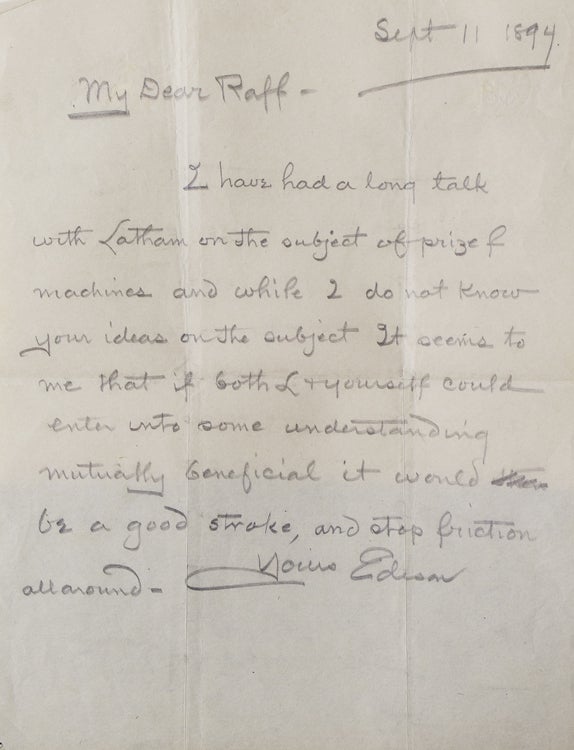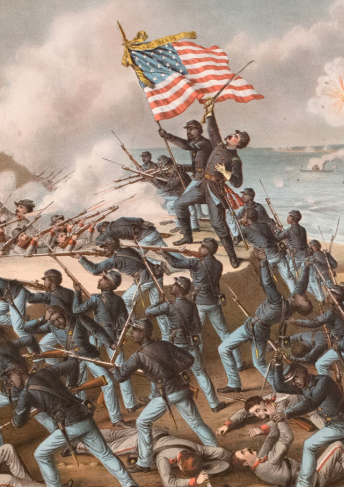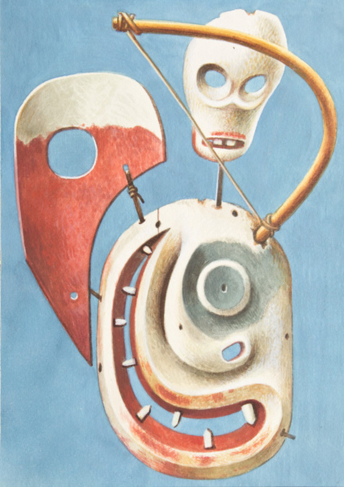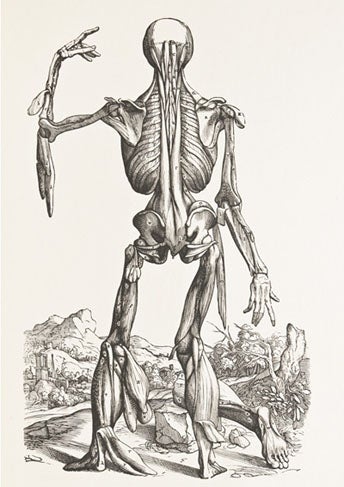
Edison and the Birth of Film
Autograph Letter Signed ("Edison"), to Norman C. Raff, relating to the early efforts in motion picture exhibition.
September 11, 1894.
Price: $7,500.00
About the item
1 p., in pencil. 4to. Edison and the Birth of Film. Old folds, lightly and evenly toned, two expert repairs in upper margin. Josephson pp. 394-96; The Man Who Made Movies: W.K.L. Dickson pp. 312-317.
Item #308688
A letter dating from the birth year of motion picture exhibition, from the inventor of the medium, Edison, to one of the first motion picture distributors and producers, Norman C. Raff, mentioning a third important figure in the history of film, Otway Latham. In full:
"My Dear Raff — I have had a long talk with Latham on the subject of prize f[ight] machines and while I do not know your ideas on the subject It seems to me that if both L & yourself could enter into some understanding mutually beneficial it would be a good stroke, and stop friction all around. Yours Edison"
Norman C. Raff (1857-1925) provided a crucial early investment in film when he purchased in 1894 a number of Kinetoscope machines, or "peep-show" boxes, developed by Edison to exhibit his new motion picture technology. In April of that same year he helped open the first Kinetoscope parlour, on lower Broadway in Manhattan, to enormous success. A few months later, Otway Latham (1868-1906) made a crucial technological advancement, increasing the Kinetscope's capacity and reducing the camera speed such that he could exhibit boxing matches through a series of abbreviated, one-minute rounds using specially modified Kinetoscope machines, the "p[rize] fight machines" Edison refers to in the letter. The first fight produced by Latham, between Brooklyn boxers Mike Leonard and Jack Cushing, was recorded in the summer of 1894 at Edison's Black Maria film studio in West Orange, New Jersey; its exhibition that August, in a New York Kinetoscope parlour partly owned by Raff, "drew almost riotous crowds for many days on end, and the police had to be called in to keep order" (Josephson p 395).
The success of the film led to Latham purchasing 72 additional Kinetoscope machines at $300 each — a subject that no doubt arose during the course of the "long talk" Edison references in the letter. Sources of the "friction" Edison alludes to would have included Edison's agreeing to sell the prize fight machines to Latham's group exclusively, as well as Raff incorporating as "The Kinetoscope Company," after Latham's group had already been operating as "The Kinetoscope Exhibiting Company."
The same month this letter was written, Raff began in earnest to produce films at the Black Maria, including his famous "Joan of Arc" and "The Execution of Mary, Queen of Scots." The next year Latham would develop the Panoptikon and the Eidoloscope, the first motion picture projectors used to show commercial films, which would ultimately render the Kinetoscope obsolete. These and related efforts by Edison, Raff, Latham and a small number of others in 1894 to develop and exhibit Kinetoscope films were of utmost importance to the development of film, as they demonstrated an enormous public appetite for the medium, the ultimate effect of which is difficult to overstate: "The impact that this new entertainment medium was to have upon the minds and lives of hundreds of millions throughout the world was something unforeseen and unimagined — perhaps surpassing the effect of almost all other nineteenth-century inventions, by Edison or anyone else" (Josephson p 395).
Edison letters dating from and pertaining to the nascent years of film are rare on the market.




